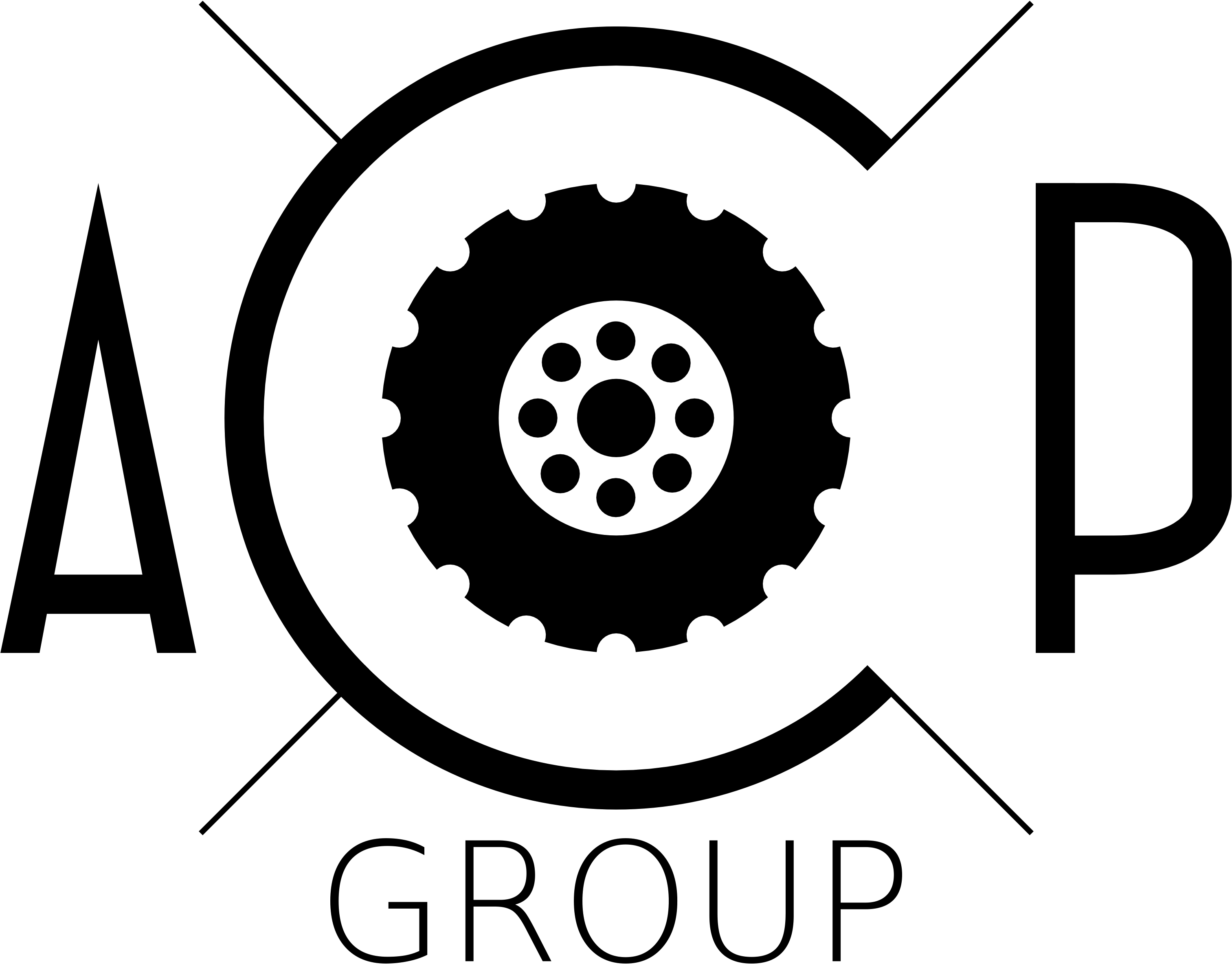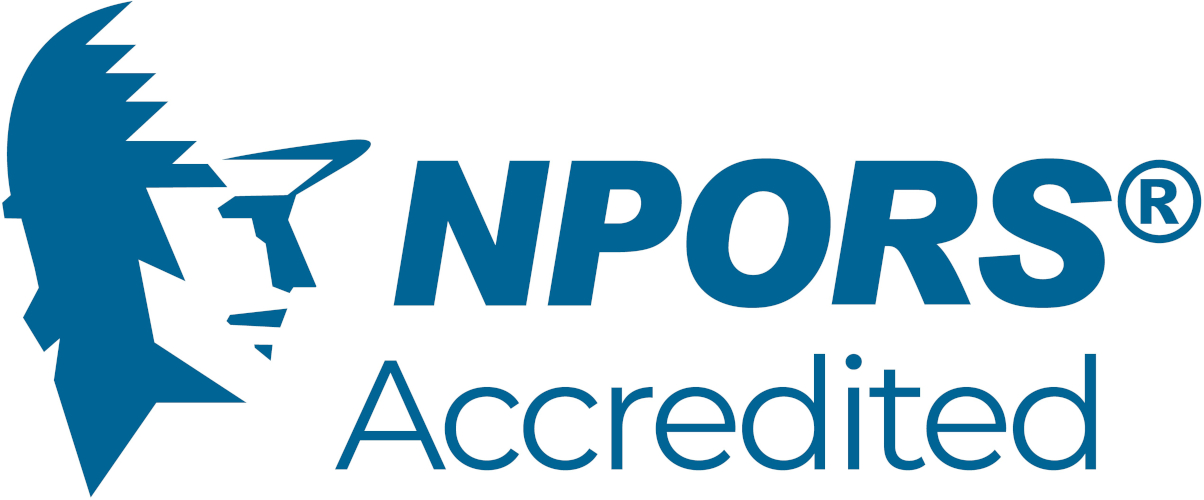Here are the theory test questions for A60 Mobile Crane.
During the theory test you'll be asked a maximum of 40 questions.
Please note that your paper will include all the questions we have marked here with an asterisk *. In addition you will have a random selection of the other questions that are not marked here with an asterisk.
These questions will appear on every A60 paper
If setting up to lift loads in a pedestrianised area, state THREE factors that need to be taken into account. (3 marks)*
a) How does the number of lines or falls of rope affect the lifting capacity for the crane and
b) how is hoist speed affected when the number of lines (or falls of rope) is reduced? (2 marks)*
What are the THREE actions or stages that a crane operator undertakes during pre-use inspections? (3 marks)*
If a load of 40 tonnes is lifted on four falls or lines of rope, what is the tension in each fall or line? (1 marks)*
What is meant by the footprint of the crane? (1 marks)*
If asked to travel with a suspended load, name FIVE factors that must be taken into account by the operator before moving. (5 marks)*
If radios are to be used during the lifting operations, what FIVE actions and checks must be made by the crane operator before use? (5 marks)*
Name TWO things that happen if the hoist rope is not vertical when lifting a load. (2 marks)*
If the hook block inadvertently (accidentally) lands, what course of action should be taken? (2 marks)*
Using the lifting capacity diagram for A60:
a) what is the maximum lifting capacity,
b) what boom extension is required for a load weighing 7.6 tonnes needed to be placed at 15 metres radius and
c) what counterweight is required? (6 marks)*
What is the purpose of the hoisting limit switch (also known as the ‘chandelier’)? (1 marks)*
What is the main purpose of the Rated Capacity Indicator (RCI)? (3 marks)*
What effect can a swinging load have on a crane? (1 marks)*
During the lifting operation, part of the task cannot be carried out as detailed in the lift plan.
a) What initially must happen to the lifting operation and
b) who authorises any changes? (2 marks)*
As the crane rotates through 360 degrees with a load, what happens to the loading on each outrigger or wheel? (2 marks)*
A random selection of these questions will appear on each A60 paper
What is the purpose of a roll or ROPS frame? (2 marks)
Give FOUR reasons that may cause the crane to overturn. (4 marks)
Name TWO ways that wet weather can affect lifting operations. (2 marks)
Which parts of the crane is the radius (for lifting) measured from? (2 marks)
What is the difference between a contract lift and a ‘standard’ crane hire? (2 marks)
a) What is the minimum distance allowed near open trenches when travelling the crane and
b) explain why? (2 marks)
a) What is meant by the lifting capacity of the crane and
b) who determines it? (2 marks)
The number of falls has been changed on the hook block. How has this action affected the RCI? (2 marks)
State the functions or job role of the following personnel:
a) appointed person,
b) crane supervisor,
c) slinger,
d) signaller. (4 marks)
a) Who only can authorise partial outrigger extensions and
b) what is the effect on lifting capacity by partially extending the outriggers? (2 marks)
During work, the engine starts to overheat.
Explain the danger if someone tries to remove the radiator or expansion tank cap. (2 marks)
Why should a crane be re-fuelled at the end of the day? (1 marks)
In what situation does a hard hat NOT need to be worn when operating a mobile crane? (2 marks)
Why must the seat belt be worn, even with the cab door closed? (2 marks)
On a busy construction site, how would the slinger/signaller be identified to the crane operator? (1 marks)
Name THREE ways in which wind speed can affect the lifting operation. (3 marks)
When must a banksman or signaller be used before moving a crane? (2 marks)
If the words STOP NOW are given to the crane operator by radio during the lift, what action must the operator take? (2 marks)
When working in a confined area or space:
a) what danger can be present with regards to the counterweight of the machine,
b) when should measures be taken and
c) what measures should be implemented? (3 marks)
What makes up the total (or gross) weight of a load that is to be lifted? (3 marks)
Before leaving the cab for a rest break, after parking and switching off the machine, what final action must be carried out? (2 marks)
When parking the machine at the end of the shift, name THREE places where the machine should NOT be parked. (3 marks)
If a load is slewed rather quickly, what TWO initial effects does it have on the load whilst slewing? (2 marks)
Crane operations fall within the scope of the Lifting Operations and Lifting Equipment Regulations (LOLER) 1998. Name TWO requirements of the regulations with regards to lifting. (2 marks)
If checking the oil level using a dipstick, why must gloves be worn? (1 marks)
What is the purpose of counterweight(s) on the crane? (1 marks)
Wind speeds can be variable throughout the working day. What action must be taken to ensure safe working conditions are maintained? (1 marks)
When slewing with a load, where should the operator be looking? (1 marks)
As a lifting machine, the crane must be thoroughly examined.
a) What is the purpose of the examination and
b) who would carry out the examination? (2 marks)
Give TWO examples of where The Work at Height Regulations may apply to mobile crane operations. (2 marks)
a) Which part of the crane applies loading or pressure to the ground and
b) name TWO ways that pressure can be reduced. (3 marks)
How does the deflection of the boom or jib affect the lift? (2 marks)
The operator has to use a new model of mobile crane that they are unfamiliar with. What do Regulations (i.e. LOLER 98) and other guidance require the operator to have? (3 marks)
If a load is being slewed too fast for its size, what TWO factors must the operator and signaller take into account? (4 marks)
Two cranes are working in the same vicinity that encroach the operating radius of each. What actions would the lift plan or method statement normally specify? (2 marks)
When would a fly jib or lattice extension be fitted and used? (1 marks)
a) What determines the minimum distances that any part of plant and machinery has to be kept from over head electricity lines and
b) explain why a distance should be kept. (4 marks)
The safe working load or working load limit (SWL/WLL) of a multi-leg chain sling only applies in what TWO conditions or configuration? (2 marks)
Only two legs of an 8 tonne four-legged chain sling are being used.
What is the maximum load that can be lifted? (1 marks)
End of questions for A60 Mobile Crane


